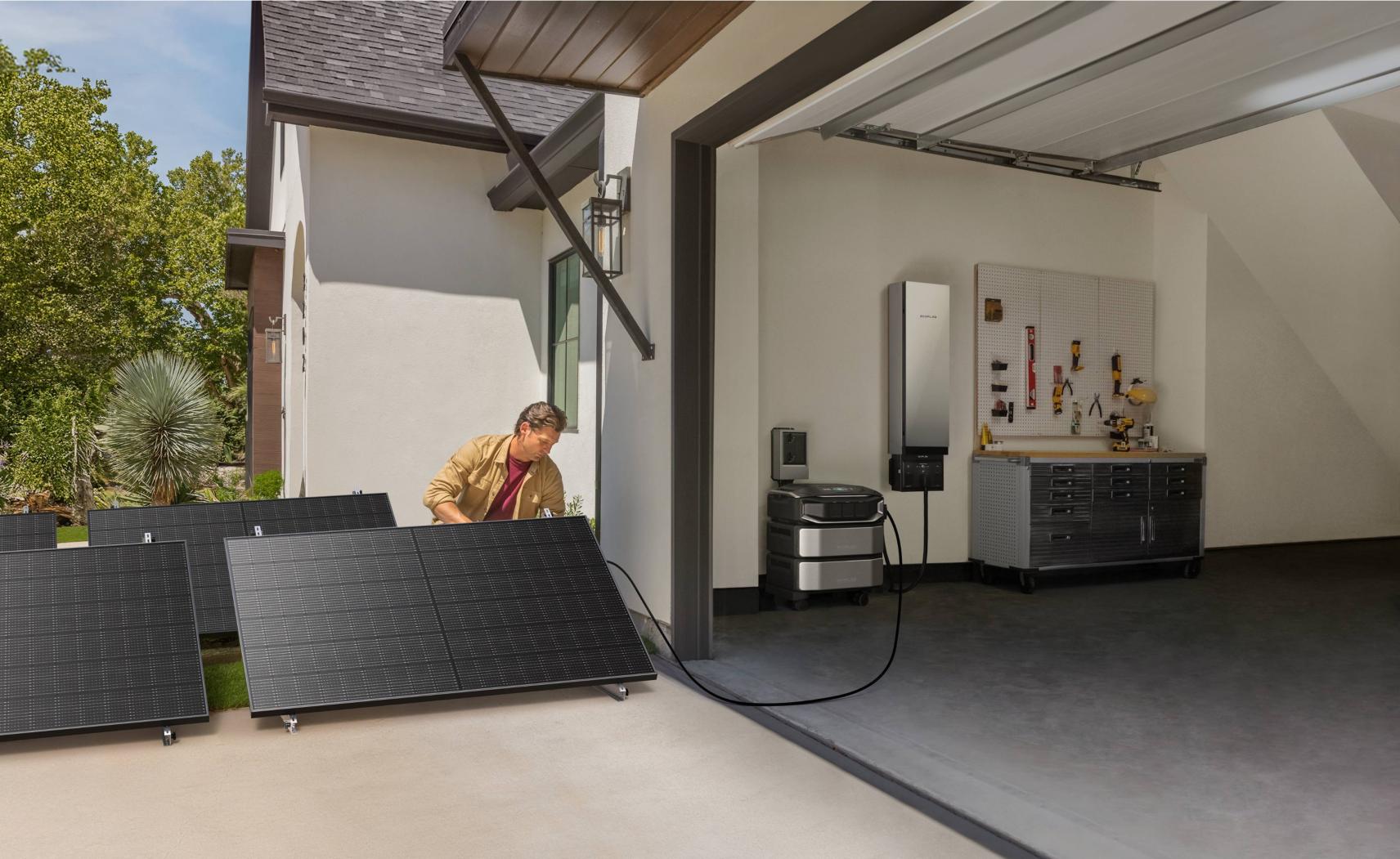The Day-to-Night Power Plan: How to Size Your Solar Battery for 24/7 Home Essentials
- Why Sizing Your Solar Battery Storage Matters
- Understanding the Key Metrics: Watts, Watt-hours, and Kilowatt-hours
- Step 1: Identify Your "Essential Loads"
- Step 2: Calculate Your Daily Energy Consumption (kWh)
- Step 3: Account for Real-World Factors and Add a Buffer
- Step 4: Consider Your Autonomy Goals (How Many Days?)
- Bringing It All Together: The Role of Solar Battery Storage Systems
- Choose Your Battery Size
You already have solar panels, which is a smart choice for making clean, free power when the sun is out. But what happens at night or when the power goes out? Without a way to store power, your home still needs the grid. This is why solar battery storage is important. This guide will give you a clear, step-by-step plan to help you choose the right size battery. This will make sure your important home appliances have power day and night.
Why Sizing Your Solar Battery Storage Matters
Picking the right size for your solar battery storage is the most important choice you will make. You need to find a good balance because getting it wrong can be an expensive mistake.
If you get a battery that is too small, you will run out of power when you need it most. This can be very frustrating during a long power outage. The system won't be able to power your basic needs.
But if you get a battery that is too big, you will spend too much money on power you may never use. This makes the first cost much higher and it will take longer to get your money back in savings. The goal is to find the right balance: a system that gives you the power you need without wasting money.
Understanding the Key Metrics: Watts, Watt-hours, and Kilowatt-hours
Before you can figure out your needs, it's good to know the basic words for electricity. You see these words on your appliances and power bills, and they are important for sizing your system.
First, there are Watts (W). Think of watts as how much power something is using right now. It’s the amount of power an appliance needs to run at one moment. A high-watt appliance, like a microwave, uses a lot of power quickly.
Then there are Watt-hours (Wh) and Kilowatt-hours (kWh). This is how much energy is used over a period of time. It’s the total power an appliance uses if it runs for a while. Your battery’s size is measured in kWh, which is 1,000 Watt-hours.
Step 1: Identify Your "Essential Loads"
The first step in choosing a size for your home solar battery storage is to decide what you really need to keep running during a power outage. While you can power your whole house, it's easier and cheaper to focus on the most important things. These are the appliances you can't live without.
Walk through your home and make a list. For most people, this list will have a few key things.
Refrigerator and Freezer: Keeping your food safe is a top priority.
Lights: Focus on a few important rooms, like the kitchen, a bathroom, and a main living room.
Internet and Chargers: Your Wi-Fi router and chargers for phones and laptops are important for staying connected.
Medical Equipment: Any important medical devices, like a CPAP machine, must be on the list.
Well Pump or Sump Pump: If you need a pump for your water or to prevent flooding, it is essential.


Step 2: Calculate Your Daily Energy Consumption (kWh)
After you have your list of important appliances, you need to figure out how much power they use in a normal day. This will give you the starting size you need for your solar battery storage system.
Finding the Wattage of Your Appliances
First, find the power use, in Watts, for each item on your list. This information is usually on a sticker on the back or bottom of the appliance. If you can't find it, a quick search online for the model number and "wattage" usually works.
Estimating Daily Run Time
Next, guess how many hours each appliance runs in a 24-hour day. This is not always easy. Your lights might be on for 6 hours, but your refrigerator only runs some of the time, maybe for 8 hours total in a day. Try to make good guesses.
The Simple Formula: (Watts × Hours) ÷ 1000 = kWh
Now, you can figure out the daily power use for each device. For example:
- Refrigerator (200 Watts) × 8 hours = 1600 Watt-hours
- A few LED Lights (60 Watts total) × 6 hours = 360 Watt-hours
- Wi-Fi Router (15 Watts) × 24 hours = 360 Watt-hours
- Total Daily Need: 1600 + 360 + 360 = 2320 Watt-hours, or 2.32 kWh.
Step 3: Account for Real-World Factors and Add a Buffer
The number you just figured out is your basic daily need. To make sure your system works well, you need to think about a few real-world things and add extra power.
You should not plan to use your battery all the way to zero every day. New LFP batteries can be used almost completely, but it's still a good idea to have some extra power. You also lose a little bit of power when it changes from DC in the battery to AC for your home.
Because of this, it's a good idea to add 20-30% extra to your daily power number. For our example of 2.32 kWh, adding 20% would make the total needed about 2.8 kWh per day. For real peace of mind, a system that promises 100% whole-home power and unlimited backup, like the EcoFlow DELTA Pro Ultra X, provides the best safety buffer.
Step 4: Consider Your Autonomy Goals (How Many Days?)
The last step in sizing your solar battery storage is to decide how many "days of backup" you want. This just means how many days you want your system to power your important things without getting any charge from your solar panels. This is very important if you live in a place with a lot of cloudy or stormy weather.
For most people, planning for one to three days of backup is a good goal. Math is simple: multiply your daily power need (with the extra buffer) by the number of days you want.
Using our example:
- For 1 Day of Backup: 2.8 kWh × 1 day = 2.8 kWh of battery capacity needed.
- For 2 Days of Backup: 2.8 kWh × 2 days = 5.6 kWh of battery capacity needed.


Bringing It All Together: The Role of Solar Battery Storage Systems
A full power solution is more than just a battery. Modern solar battery storage systems are complete packages. They include the batteries, a strong inverter to change the power, and a smart system that automatically controls the power in your home.
One of the best things about many new solar battery storage systems is that they can be expanded. This means you can start with a size that fits your needs and budget now. Then, you can easily add more home solar battery storage later if you need it. This makes the first cost easier to handle and lets the system grow with your family.
Choose Your Battery Size
Choosing the right size for your solar battery storage is a simple process if you do it step by step. By listing your important needs, figuring out their daily power use, and planning for extra backup time, you can be sure you're picking the right system. Getting the size right is the key to a good system that gives you power day and night. This gives you freedom with your power and peace of mind. Ready to get started? The EcoFlow DELTA Pro Ultra X can act as your home energy hub, offering great control and longer backup.